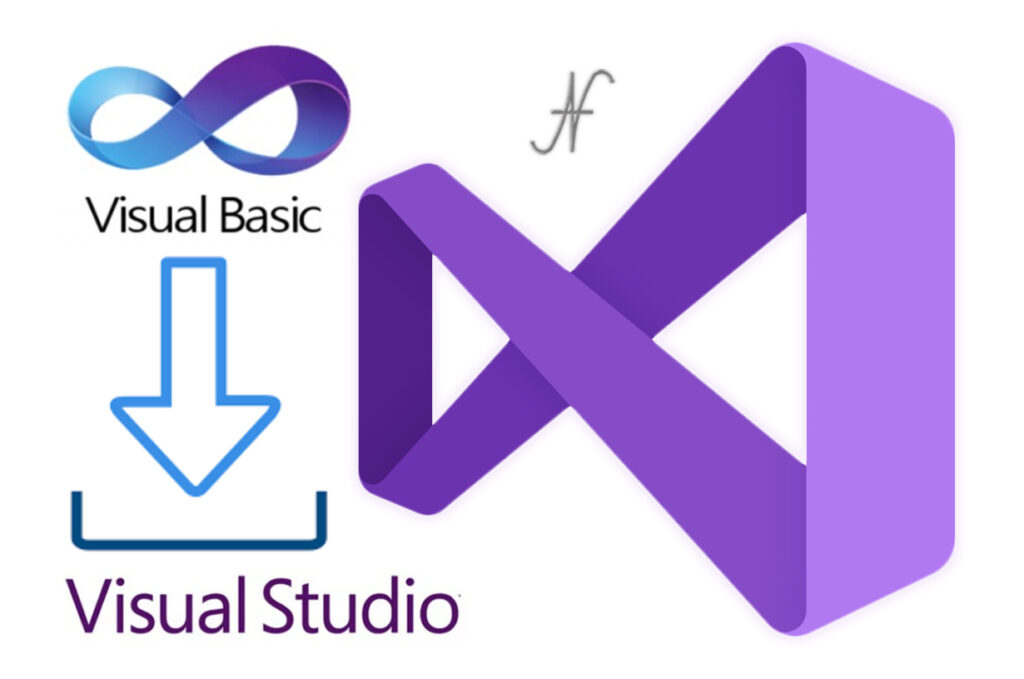
Free eBooks for Beginners
Visual Basic .NET is a programming language that is commonly used for creating Windows applications. It is considered to be a beginner-friendly language, which makes it a great choice for those who are new to programming. In this article, we will be discussing “Functions” in Visual Basic .NET, which are a way to organize and reuse code in your program.
A function is a block of code that performs a specific task and can be called multiple times throughout your program. Functions can take input in the form of parameters and can return a value or output. Functions allow you to break down a large and complex program into smaller, more manageable chunks of code. This makes it easier to understand, debug, and maintain your code.
Functions can be defined using the “Function” keyword, followed by the name of the function and a set of parentheses. Inside the parentheses, you can define the input parameters for the function. For example, the following code defines a function called “AddNumbers” that takes two input parameters, “num1” and “num2”:
Function AddNumbers(num1 As Integer, num2 As Integer)
The code inside the function is known as the “function body”, and this is where you would put the code that performs the specific task of the function.
Functions can also return a value using the “Return” keyword, followed by the value to be returned. For example, the following code defines a function called “AddNumbers” that takes two input parameters and returns their sum:
Function AddNumbers(num1 As Integer, num2 As Integer) As Integer Return num1 + num2 End Function
You can call a function multiple times throughout your program by simply writing the name of the function followed by the input parameters inside the parentheses. For example, the following code calls the “AddNumbers” function and assigns the returned value to a variable:
Dim result As Integer = AddNumbers(5, 7)
Functions can also be used to simplify repetitive tasks. For example, if you need to display the same message multiple times in your program, you can define a function called “DisplayMessage” that takes a message as an input parameter and displays it on the screen.
Function DisplayMessage(message As String) Console.WriteLine(message) End Function
You can call this function multiple times throughout your program, passing in different messages each time, rather than having to write the same code multiple times.
Functions can also be used to validate inputs. For example, you can define a function called “ValidateAge” that takes an age as an input parameter and returns a Boolean value indicating whether the age is valid or not.
Function ValidateAge(age As Integer) As Boolean If age >= 0 And age <= 150 Then Return True Else Return False End If End Function
You can call this function multiple times throughout your program, passing in different ages each time, rather than having to write the same validation code multiple times.
In summary, Functions are a way to organize and reuse code in your program. Functions can take input in the form of parameters, perform a specific task, and return a value or output. Functions allow you to break down a large and complex program into smaller, more manageable chunks of code. This makes it easier to understand, debug, and maintain your code. Understanding how to use functions is an essential part of creating a program using Visual Basic .NET.
Cookbook – VisualBasic.NET for Beginners – Chapter 20 : Functions
 Loading...
Loading...
Disclaimer: The information and code presented within this recipe/tutorial is only for educational and coaching purposes for beginners and developers. Anyone can practice and apply the recipe/tutorial presented here, but the reader is taking full responsibility for his/her actions. The author (content curator) of this recipe (code / program) has made every effort to ensure the accuracy of the information was correct at time of publication. The author (content curator) does not assume and hereby disclaims any liability to any party for any loss, damage, or disruption caused by errors or omissions, whether such errors or omissions result from accident, negligence, or any other cause. The information presented here could also be found in public knowledge domains.
Learn by Coding: v-Tutorials on Applied Machine Learning and Data Science for Beginners